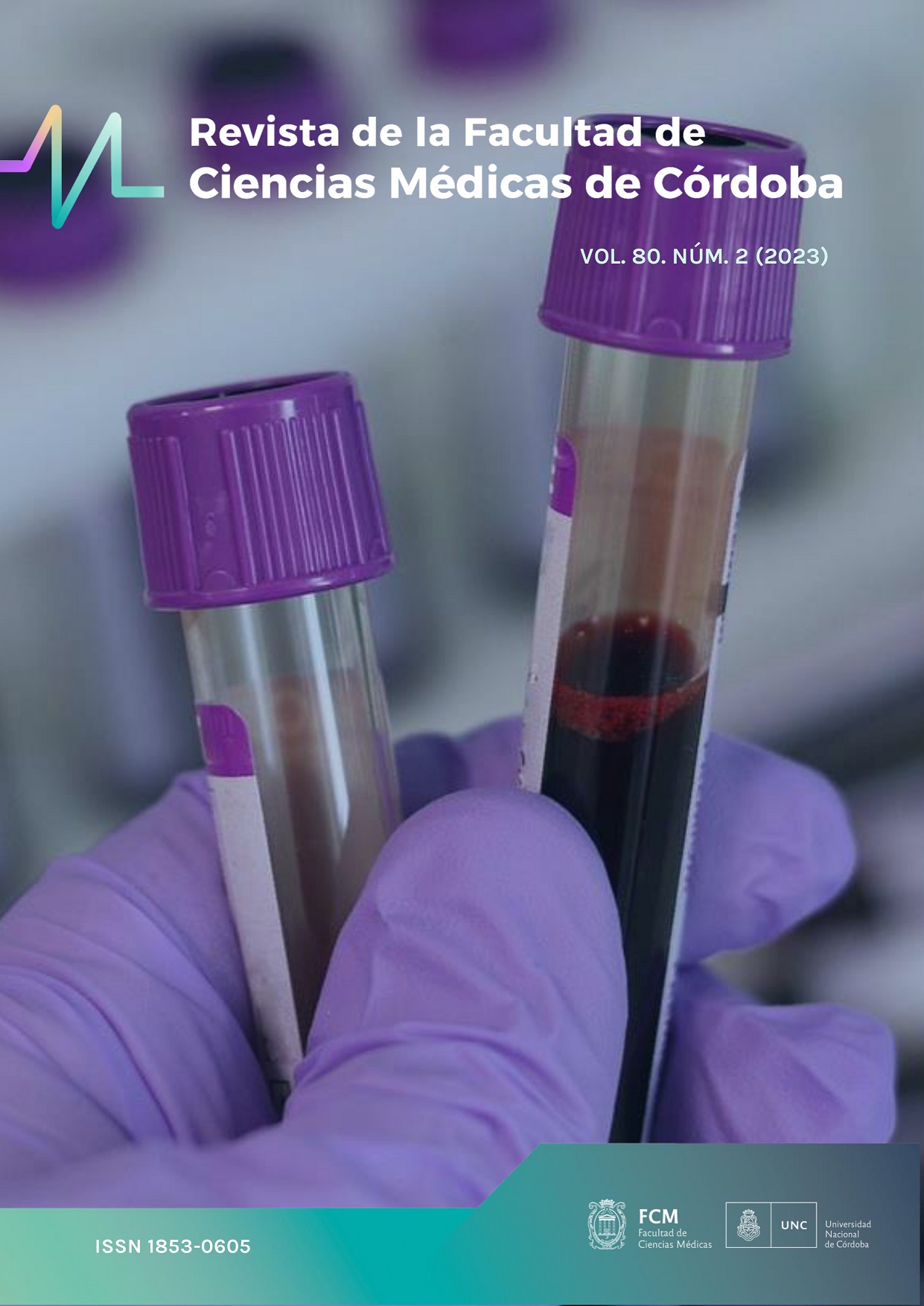Magnetic resonance of hill sachs lesion, image pattern and associated injuries
Keywords:
Resonance, Hill-Sachs, rotator cuff, injury, humerusAbstract
Hill-Sachs lesion is a compression bone fracture in the superior posterolateral aspect of the humeral head that occurs during the episode of instability. In abduction and external rotation this lesion can fit with the anterior margin of the glenoid, favoring recurrent dislocation.
The objective was to assess the characteristics of the Hill Sachs lesion by MRI and the incidence of associated lesions.
Retrospective observational study. The reports made by a specialist in Diagnostic Imaging of shoulder MRI studies carried out at the Hospital Italiano of Cordoba, in between February 2015 and August 2019, were reviewed. Only the cases described with the Hill-Sachs lesion were included.
In this study, 43 patients were included, 23 of them (53.4%) men and 20 of them (46.6%) women, age range between 17 and 84 years, being 18.6% (8) of the minor respondents 40 years, 32.55% (14) between 40 and 65 years, and 53.48% (23) over 65 years and the average age of all respondents was 60 years. With respect to the associated lesions, 17 (39.5%) presented as an associated lesion of the labrum plus injury of some rotator cuff muscle only, 13 (30.2%) only associated with rotator cuff injury, 7 (16.3%) of them only presented associated with lesion of the labrum, 1 (2; 4%) of them presented associated fracture plus rotator cuff injury and labrum,! (2.4%) associated fracture plus rotator cuff injury and 3 (7%) of them presented glenohumeral lesion plus associated rotator cuff injury.
Hill-Sachs lesion is a predisposing factor of glenohumeral instability. The MRI allows its study with high structural detail, this favors the evaluation of injuries of the capsulolabral and ligament complex.
Downloads
Additional Files
Published
Issue
Section
License
Copyright (c) 2019 Universidad Nacional de Córdoba

This work is licensed under a Creative Commons Attribution-NonCommercial 4.0 International License.
The generation of derivative works is allowed as long as it is not done for commercial purposes. The original work may not be used for commercial purposes.











